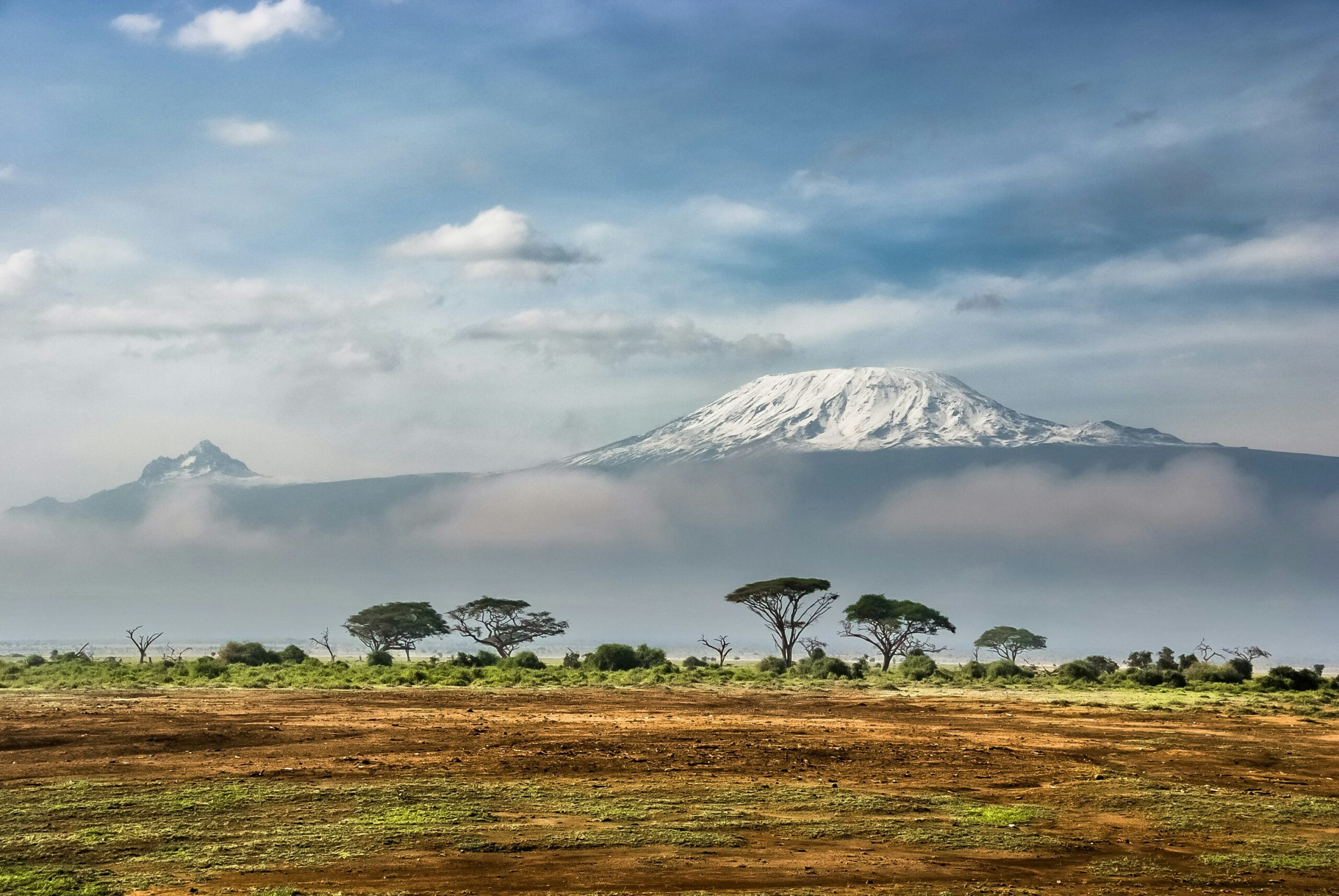President William Ruto’s recent official visit to Washington, D.C. marked a pivotal moment in the long-standing diplomatic relationship between Kenya and the United States. The primary objectives of his trip were centered around strengthening bilateral ties, fostering economic collaboration, and enhancing diplomatic dialogue. This visit came at a crucial time, reflecting both nations’ commitment to deepening their partnership in various spheres, including trade, security, and cultural exchange.
The agenda of President Ruto’s visit was meticulously crafted to address key areas of mutual interest. High-level meetings were scheduled with top U.S. officials, including the President, key members of Congress, and influential leaders from the business community. These meetings aimed to discuss and negotiate agreements that would benefit both nations, particularly in sectors such as agriculture, technology, and infrastructure development. The anticipated outcomes included enhanced trade agreements, increased foreign direct investment, and collaborative efforts in counterterrorism and regional stability.
Economically, the visit underscored the significant potential for growth in the Kenya-U.S. relationship. President Ruto sought to attract American investors by showcasing Kenya’s robust economic reforms and strategic position as a gateway to East Africa. Emphasizing the importance of a mutually beneficial partnership, discussions also focused on expanding market access for Kenyan products in the U.S., promoting sustainable development, and leveraging technological advancements to boost economic growth.
Historically, Kenya and the United States have shared a dynamic relationship, with diplomatic ties dating back to Kenya’s independence in 1963. Over the decades, the collaboration has evolved, encompassing various dimensions such as health, education, and security. This visit by President Ruto served as a continuation of this legacy, reaffirming the commitment to a shared future of prosperity and stability.
Behind the scenes, extensive preparation and planning were essential to the success of this diplomatic mission. Coordinated efforts between Kenyan and U.S. officials ensured that the visit’s objectives were clearly defined and achievable. The strategic planning highlighted the importance of this visit, aiming to set a solid foundation for future engagements and collaborative initiatives between the two nations.
Key Highlights and Outcomes of the Visit
During President William Ruto’s visit to Washington, several significant events and meetings underscored the deepening of Kenya-U.S. bilateral ties. His agenda included high-profile discussions with President Joe Biden, where both leaders emphasized the mutual benefits of strengthened cooperation. These talks culminated in a series of agreements aimed at bolstering economic, security, and educational partnerships between the two nations.
One of the major highlights was the signing of a new trade agreement that seeks to expand market access for Kenyan goods in the U.S., and vice versa. This move is expected to significantly boost trade volumes and create new opportunities for businesses in both countries. Moreover, President Ruto engaged with top U.S. government officials, discussing critical issues such as regional security and counter-terrorism efforts. These discussions resulted in commitments to enhance joint security operations and intelligence sharing.
In addition to political engagements, the visit featured interactions with prominent business leaders and investors. President Ruto attended a business forum where he outlined Kenya’s investment potential, focusing on sectors like technology, agriculture, and renewable energy. This forum facilitated several investment pledges, further cementing Kenya’s position as a prime destination for U.S. investments in Africa.
Educational collaboration also took center stage, with agreements to foster academic exchanges and research partnerships. These initiatives aim to enrich educational experiences and open up new avenues for innovation and development in both countries. The visit was marked by positive reactions from officials on both sides, who lauded the agreements as steps toward a more robust and dynamic bilateral relationship.
The broader implications of these outcomes are far-reaching. For Kenya, enhanced trade and investment prospects promise economic growth and job creation. For the U.S., deepening ties with Kenya reinforce American influence in East Africa and contribute to regional stability. The international community is likely to view these developments as a model for successful bilateral cooperation.
Looking ahead, the strengthened relationship between Kenya and the U.S. sets a promising trajectory. Continued collaboration in the areas outlined during this visit is expected to yield substantial benefits, fostering a partnership that is both strategic and mutually advantageous.


